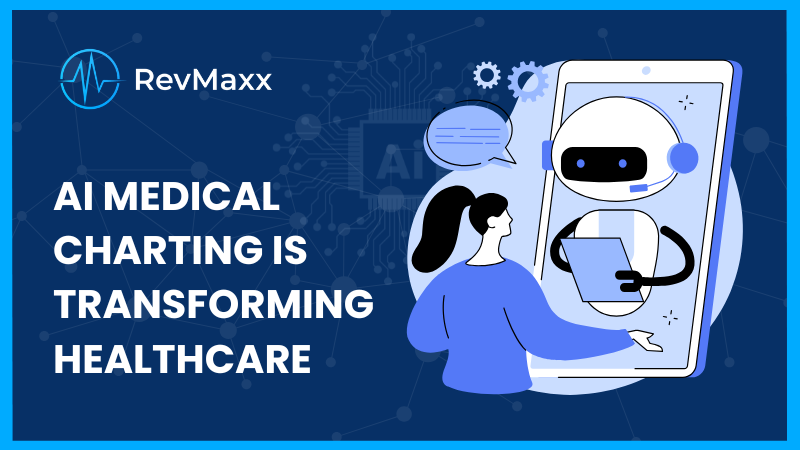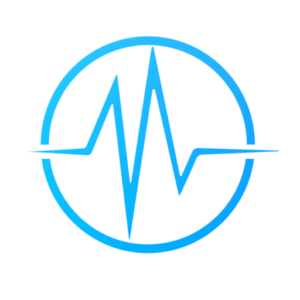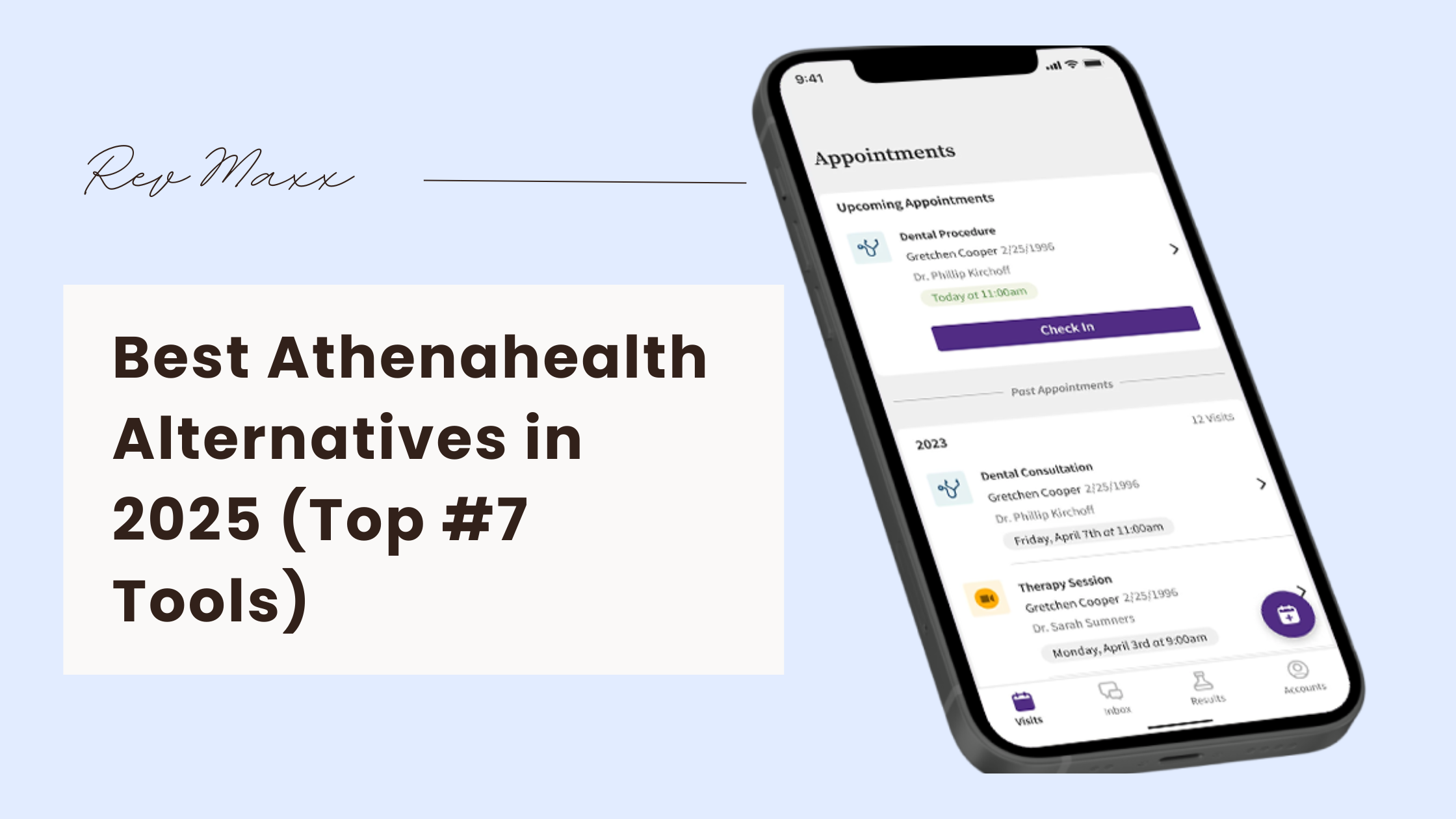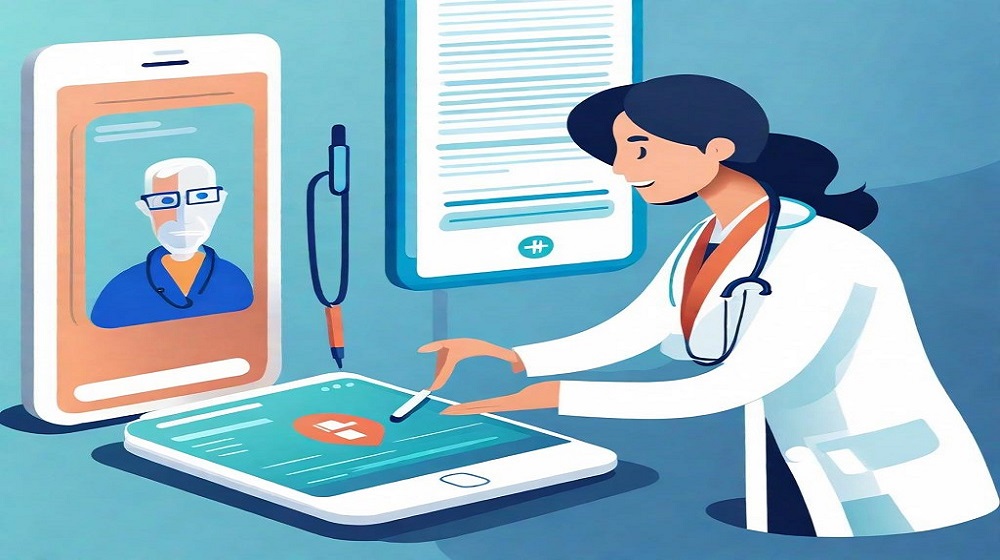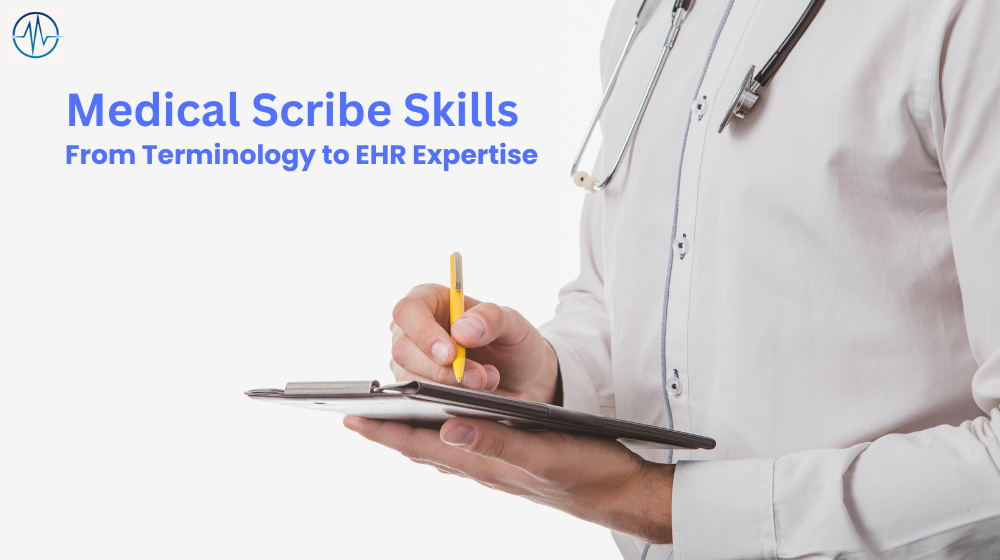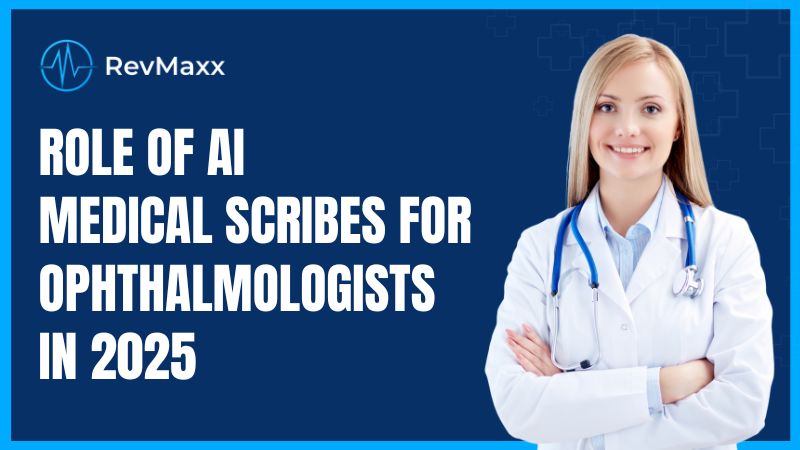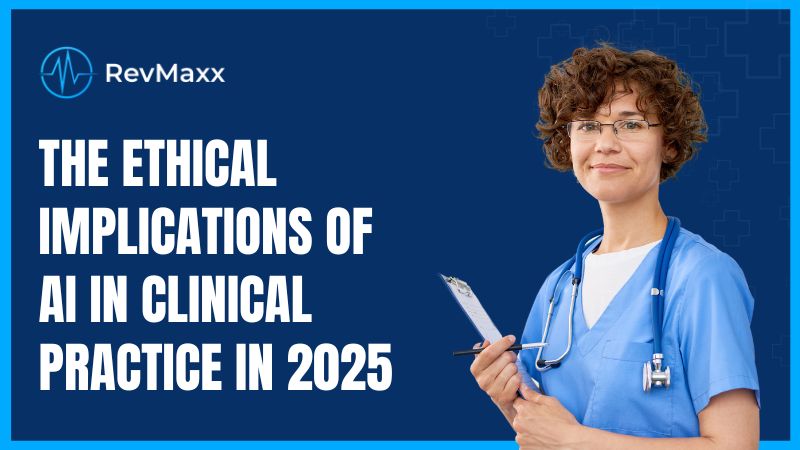Welcome to the not-so-distant future — it’s 2025, and artificial intelligence has officially made its mark on modern medicine. While flying cars and robot surgeons are still a few years away, one revolutionary advancement is already here: AI-powered medical charting.
This isn’t just another flashy trend. AI charting is helping doctors reclaim their time, reduce burnout, and dramatically improve chart accuracy — all while maintaining the gold standards of data privacy and patient safety.
In this article, we’ll explore:
- What is AI medical charting?
- How does it work?
- Is it safe and accurate?
- Are doctors actually using it?
- How much time can it save?
- Are there any downsides you should know about?
What Is AI Medical Charting?
AI medical charting uses advanced machine learning and natural language processing (NLP) to streamline the creation of clinical notes. Instead of manually typing every detail, physicians can speak or write naturally — and AI systems convert that into structured entries in the Electronic Health Record (EHR).
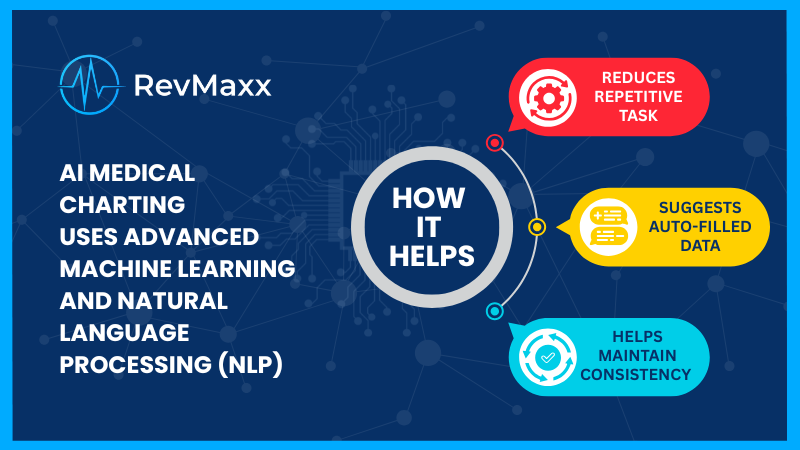
Here’s how it helps:
- Reduces repetitive tasks like noting patient histories and symptoms.
- Suggests auto-filled data based on previous entries and diagnosis patterns.
- Helps maintain consistency across documentation.
Real-world analogy: Imagine having a highly trained scribe who never gets tired, works 24/7, and remembers every detail you’ve ever entered — that’s AI medical charting in action.
How Does It Actually Work?
AI charting tools like RevMaxx, Freed AI, and Nabla use Natural Language Processing (NLP) to analyze unstructured clinical language — your notes, conversations, and diagnoses — and convert it into clean, structured data that can go straight into the EHR.
Key technologies at play:
- Speech-to-text: Converts voice dictation into text in real-time.
- Medical context modeling: Understands clinical terms, abbreviations, and diagnosis codes.
- Machine learning: Learns your specific charting style to get better over time.
⚡ In a 2023 study by the Journal of Medical Internet Research, AI tools reduced documentation time by 76% on average in outpatient settings.
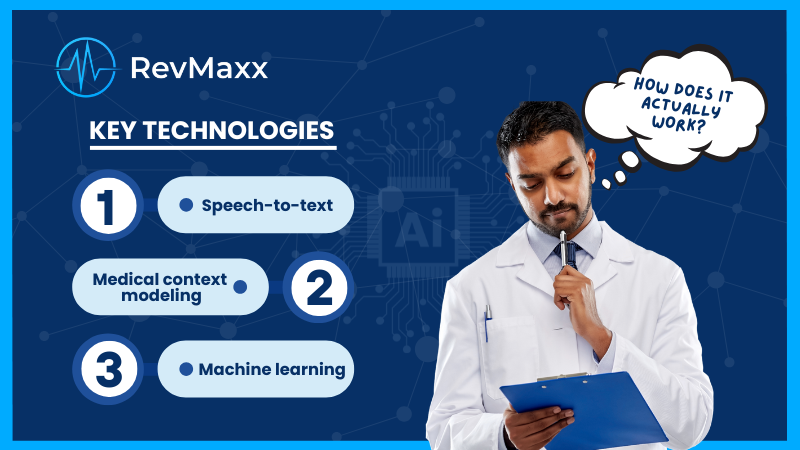
Even better, the AI highlights uncertainties so you can review and approve. You’re still in charge — just with way less typing.
Is AI Medical Charting Safe?
Short answer: Yes, when done right.
Top platforms are built with:
- End-to-end encryption
- HIPAA compliance
- Secure cloud storage
- Access controls and audit trails
Just like any other medical tech, AI charting systems undergo rigorous testing before going live in a clinical setting. You’re not handing over control —you’re getting a highly efficient assistant who never skips a beat.
Did you know? According to the American Medical Association (AMA), over 80% of physicians surveyed in 2024 said data security was a top priority when selecting an AI charting tool — and today’s systems are rising to meet that demand.
Is AI Medical Charting Accurate?
Absolutely — and in many cases, more accurate than manual entry.
Research-backed accuracy:
- RevMaxx reports >99% accuracy after training on a physician’s notes.
- A Mayo Clinic pilot showed a 37% reduction in documentation errors when using AI-assisted scribing.
These tools are trained on millions of anonymized patient records to understand medical terminology, clinical workflows, and patient scenarios.
And because the AI suggests rather than decides, the final judgment still lies with you — keeping clinical integrity intact.
Are Doctors Actually Using AI Charting?
Yes — and adoption is accelerating fast.
Case Study: Dr. James French, Emergency Physician
I was spending over an hour a day updating charts. With RevMaxx, my documentation time dropped by 80%, and the quality of notes actually improved.
Other providers echo similar results. In 2024, over 58% of outpatient practices reported using some form of AI in their documentation process, according to HIMSS Analytics.
From large hospital networks to small private clinics, practitioners are seeing:
- Less time on EMRs
- More face time with patients
- Better work-life balance
How Much Time Can AI Save You?
Let’s do the math.
Time savings at a glance:
- Physicians: Up to 2 hours per day
- Nurses/Staff: Up to 3 hours per shift
- Average monthly savings: ~1,000 hours for mid-sized clinics
That’s over 40 extra patient consults per doctor each month — or extra hours for research, follow-ups, or even catching up on sleep.
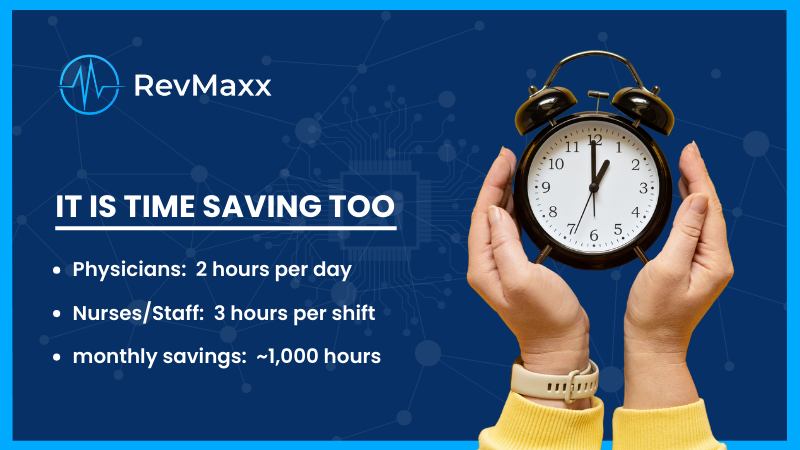
Fun fact: Burnout affects nearly 63% of physicians, according to Medscape. AI charting may be one of the most impactful tools to reverse that trend.
Are There Any Drawbacks?
While AI charting offers serious upsides, it’s not without a few caveats:
What to watch for:
- Tech dependency: Power outages or system errors can disrupt workflows — always have a backup process.
- Privacy risks: Choose platforms that strictly comply with HIPAA or your country’s privacy laws.
- Learning curve: Initial setup and adaptation may take a few weeks, but the long-term gains are substantial.
- The “black box” problem: Some AI tools don’t explain their suggestions clearly, which may make some physicians hesitant.
Pro Tip: Opt for platforms with transparency tools that show the “why” behind AI-generated suggestions.
Final Thoughts: Why AI Medical Charting Is the Future
AI charting isn’t just a tool — it’s a partner. One that reduces clerical workload, boosts accuracy, and helps doctors focus more on care and less on clicks.
In 2025, AI is no longer a luxury — it’s a necessity for any practice that wants to stay competitive, efficient, and patient-focused.
So if you’re still charting the old-fashioned way, maybe it’s time to let AI give you a hand — or at least, a few thousand fewer keystrokes.


